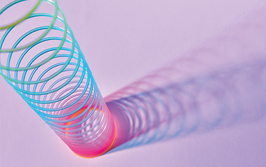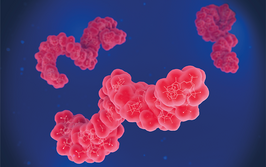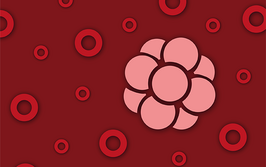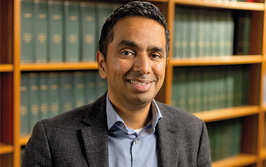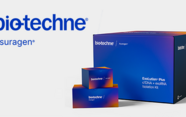A Step in the Right Direction
Researchers should be applauded for identifying a potential biomarker for sudden infant death syndrome (SIDS) – but let’s rein in the sensationalism
Liv Gaskill | | 2 min read | News
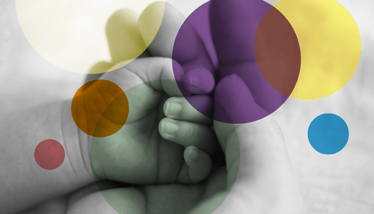
Credit: Image sourced from Shutterstock.com
Newborn babies should bring immediate joy to parents – opening a door into a world of experiences, as newborns become toddlers and as toddlers become little people. But, for a desperately unfortunate few, sudden infant death syndrome (SIDS) changes everything. SIDS affects over 1,000 babies every year in the US alone, and though the risk is thought to be relatively low, the cause is still unknown – and so it is difficult to identify at-risk babies until it’s too late.
In a recent study, researchers from The Children’s Hospital at Westmead, Australia, identified a biomarker that could shed light infant risk of SIDS (1). Analyzing butyrylcholinesterase (BChE) activity in 722 dried blood spots of newborns taken two to three days after birth – including 67 newborns who suffered sudden unexpected death in infancy (26 SIDS and 41 non-SIDS) – they found that BChE-specific activity was lower in babies who died of SIDS compared with non-SIDS deaths and surviving controls.
Though the findings contribute to our growing understanding of SIDS, it’s important to note that the research is still in its early days and does not represent the sole cause of the unexplained deaths. Many media outlets have picked up on the research and original press release, which stated that SIDS “may soon be a thing of the past (2)” – quite the sensationalist messaging.
Other factors have also been found to potentially affect an infant’s risk of SIDS, so it’s not possible to develop a definitive screening test for SIDS based on BChE alone. So what does the research tell us? “It shows that many babies who succumb to SIDS are different from birth,” according to lead author Carmel Harrington, a researcher in the SIDS and Sleep Apnoea Research Group at The Children's Hospital at Westmead (3). At this stage, she admits, “Our finding offers nothing new to clinical practice.”
Certainly, it’s a baby step in the right direction, but not quite the miracle finding posited by the press release, social media, or news outlets.
- CT Harrington et al., EBioMedicine, 80, 104041 (2022). PMID: 35533499.
- The Sydney Children’s Hospital Network (2022). Available at: https://bit.ly/3NKtFKh.
- Nicoletta Lansese (2022). Available at: https://bit.ly/3xQKuxL.
During my undergraduate degree in psychology and Master’s in neuroimaging for clinical and cognitive neuroscience, I realized the tasks my classmates found tedious – writing essays, editing, proofreading – were the ones that gave me the greatest satisfaction. I quickly gathered that rambling on about science in the bar wasn’t exactly riveting for my non-scientist friends, so my thoughts turned to a career in science writing. At Texere, I get to craft science into stories, interact with international experts, and engage with readers who love science just as much as I do.

